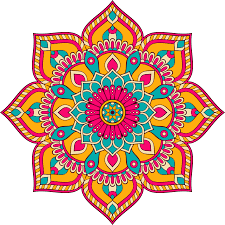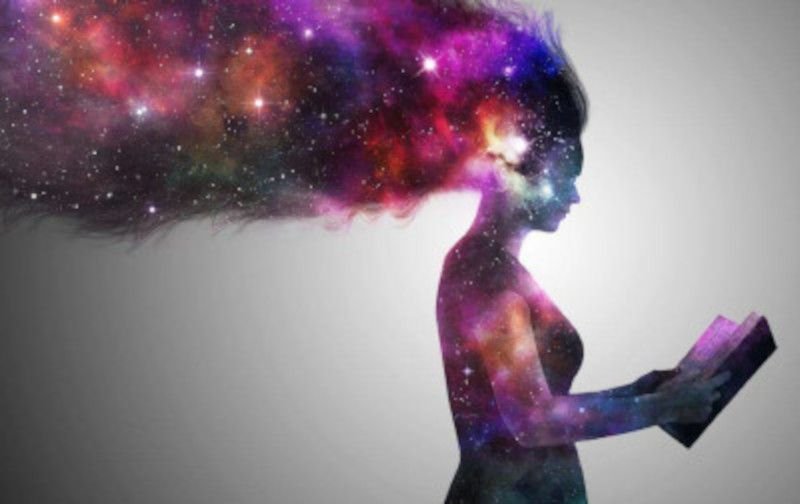
Active imagination
Active imagination is a technique used in Jungian psychology to connect with the unconscious mind and explore the realm of fantasy while maintaining a conscious perspective.
It involves the following steps:
- Calming the mind: Begin by using a relaxation technique called “body scan” to relax the body and quiet the mind.
- Shifting attention: Once the mind is calm and present, shift your attention to the scenario or image suggested by the facilitator. The goal is to maintain focus on the dream image as much as possible, redirecting attention if it wanders.
- Allowing the unconscious to speak: By focusing on the scenario, you are delving into the unconscious mind. Allow the unconscious to communicate through the dream image. This may involve reentering the narrative of the dream or engaging in dialogue with dream characters, who may represent archetypal structures with valuable insights for your waking life.
- Returning to the physical world: After the active imagination session, bring your focus back to your body and the environment around you. It is recommended to spend 10-15 minutes journaling about the dream, noting any images, feelings, or conversations that occurred.
By engaging in active imagination, you can gain deeper insights into your unconscious mind and uncover valuable information that can aid in personal growth and understanding.
Active imagination session, lasts about 50-60min in our program. Check out my program here!

Meditation
Meditation is an accessible practice that offers numerous benefits, including stress reduction, enhanced calmness, clarity, and happiness. Learning how to meditate is straightforward, and you can experience its positive effects relatively quickly.
In meditation, it’s not about allowing your thoughts to wander freely or attempting to empty your mind. Instead, the practice revolves around cultivating focused attention on the present moment, particularly our thoughts, emotions, and sensations. This is often facilitated through the guidance of a teacher or instructor, who helps direct our awareness and guide us in staying present.
During my guided meditation, I’ve structured the practice into three steps. The first step focuses on relaxation, allowing you to feel comfortable in your body and calm your mind. In the second step, we harness the energy from your environment to support the healing process, with each meditation offering a unique experience. Finally, in the last step, we gently transition back to your surroundings and reconnect with the physical world. This three-step approach aims to create a comprehensive and fulfilling meditation experience.
The meditation sessions in our program last about 20-30 minutes. Check out my program here!

Art-therapy
Art therapy is a form of psychological support that focuses on self-expression and exploring thoughts, feelings, and conflicts through the creation of images. It utilizes various art materials to understand and address problems, reduce anxiety and suffering, and promote personal growth and well-being.
In this program, we will integrate art therapy as a means to access the unconscious through painting. No prior painting experience is necessary, as it is not about artistic skill but rather the therapeutic process. Art therapy sessions will be closely connected to Active Imagination, combining imagination and creativity. You will receive simple instructions for painting, keeping the focus on the therapeutic aspect rather than artistic technique.
Art therapy sessions in our program are not limited in time. You can spend 30 minutes or 1 day, depending on how you feel. Check out my program here!

Mandala (Sounds and colors)
The mandala, derived from the Sanskrit word for “circle” or “completion,” holds significant spiritual meaning and symbolizes wholeness. It has been valued by various cultures and individuals throughout history. Buddhists, Tibetans, Hindus, and even psychoanalyst Carl Jung recognized its profound significance. Jung saw the mandala as a representation of the unconscious self, while others view it as a reflection of its creator’s inner world.
In this program, similar to art therapy, we will utilize the mandala as a means of self-expression, capturing our emotions and state of mind. You will receive instructions on how to draw and paint your own mandala, representing something specific to your psyche. The exploration of your mandala is crucial, as it can bring your unconscious thoughts and feelings to light. It is a personal journey that you will embark on, but I will provide guidance and clues along the way.
Mandala sessions in our program is not limited in time. You can spend 30 min or 1 day, depending on your feeling. Check out my program here!

NLP (Neuro-Linguistic programming)
Neuro-Linguistic Programming (NLP) focuses on understanding human functioning within a specific environment, based on behavioral patterns. By utilizing a range of techniques and methods, NLP aims to transform an individual’s perception of their surroundings. Each person possesses a unique map of the world, shaped by their beliefs and conditioning. The objective of NLP is to modify this map, enabling individuals to achieve their goals more effectively. Through NLP, individuals gain the tools needed to create personal and structural changes, unlocking new potential for success in various aspects of life.

Automatic writing (psychography)
Automatic writing—also called psychography or surrealist automatism—is a practice of writing without conscious control, allowing words to flow from the subconscious (or beyond). Historically found in spiritualist contexts—where it was thought spirits guided the hand—the method was later embraced by Surrealist artists like André Breton and Philippe Soupault in the early 20th century to tap into pure creative expression. In contemporary personal development, automatic writing is used as a tool for inner exploration: by entering a relaxed, trance-like state and letting your pen move freely, you can access guidance, uncover hidden emotions, break creative blocks, and connect with your deeper intuition.
In my program, the NLP technique is not used specifically in one of our sessions, but all along the program. Check out my program here!
